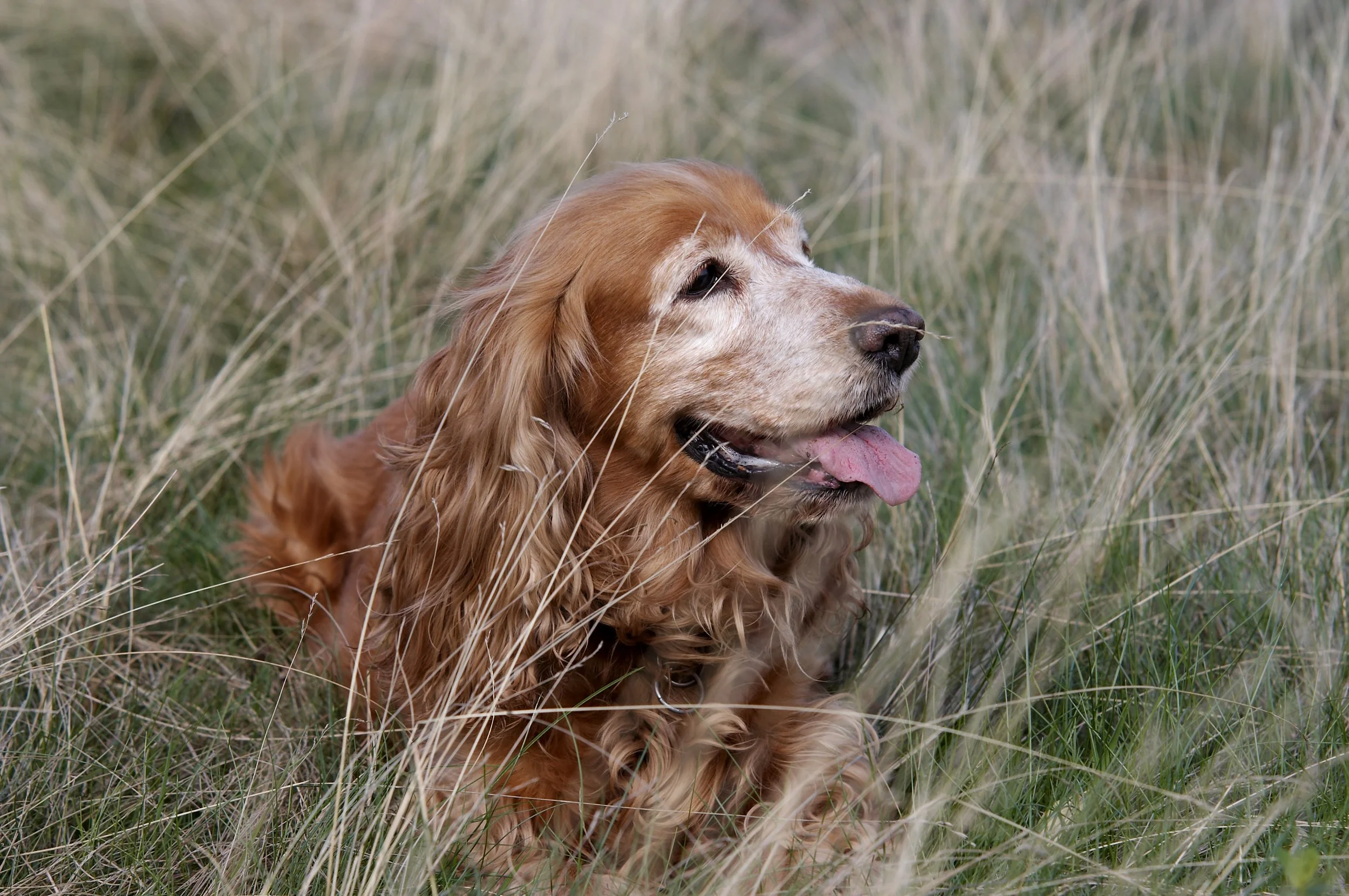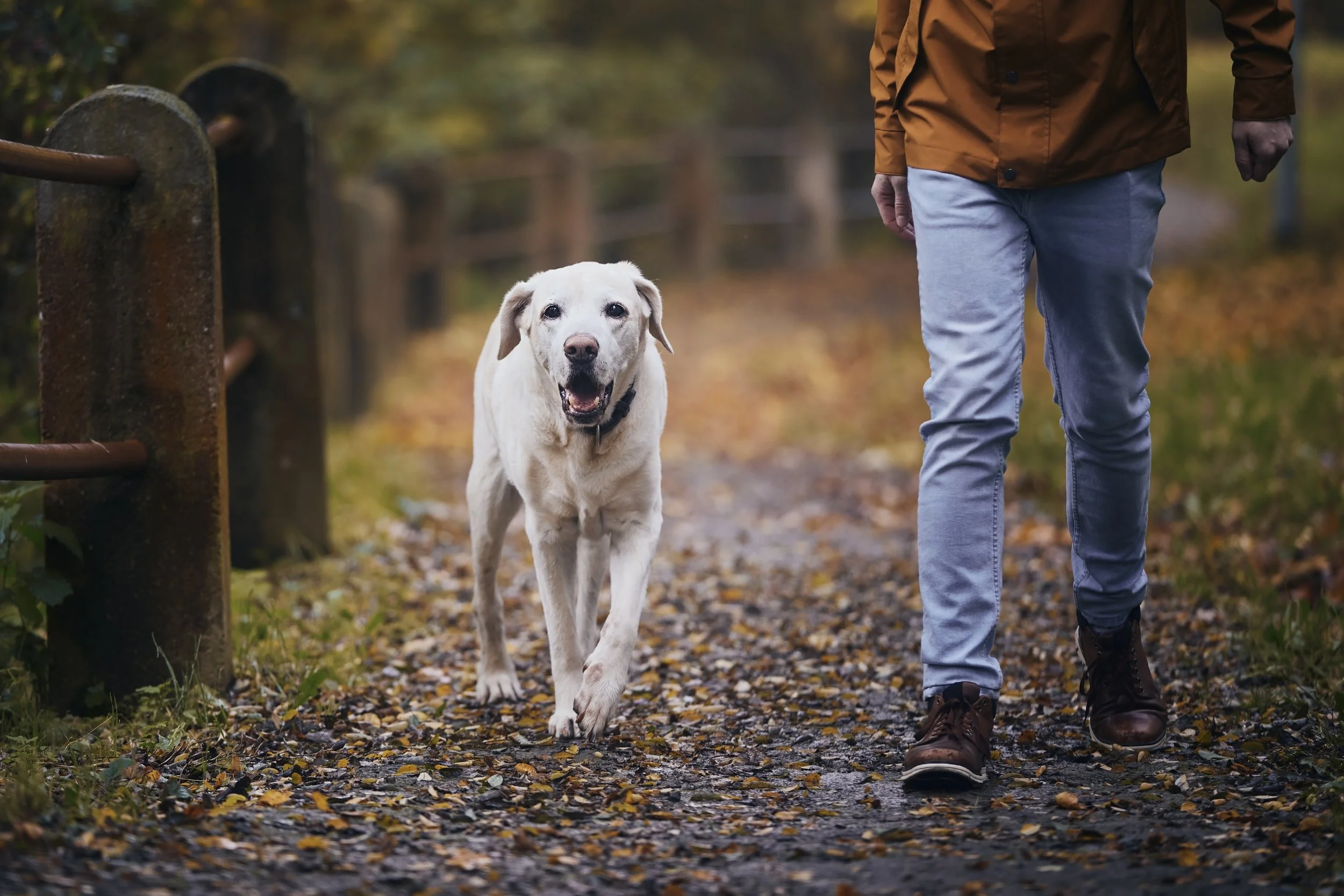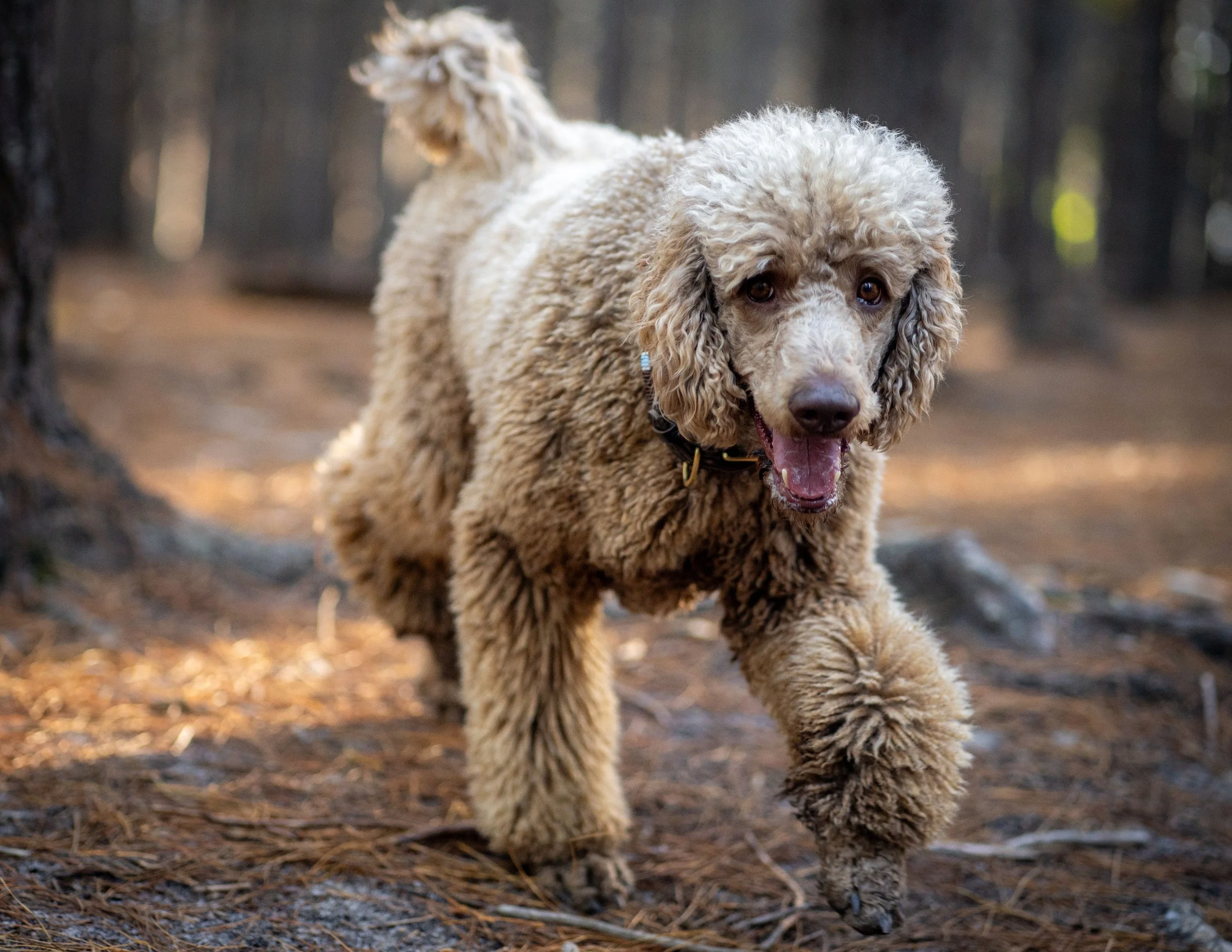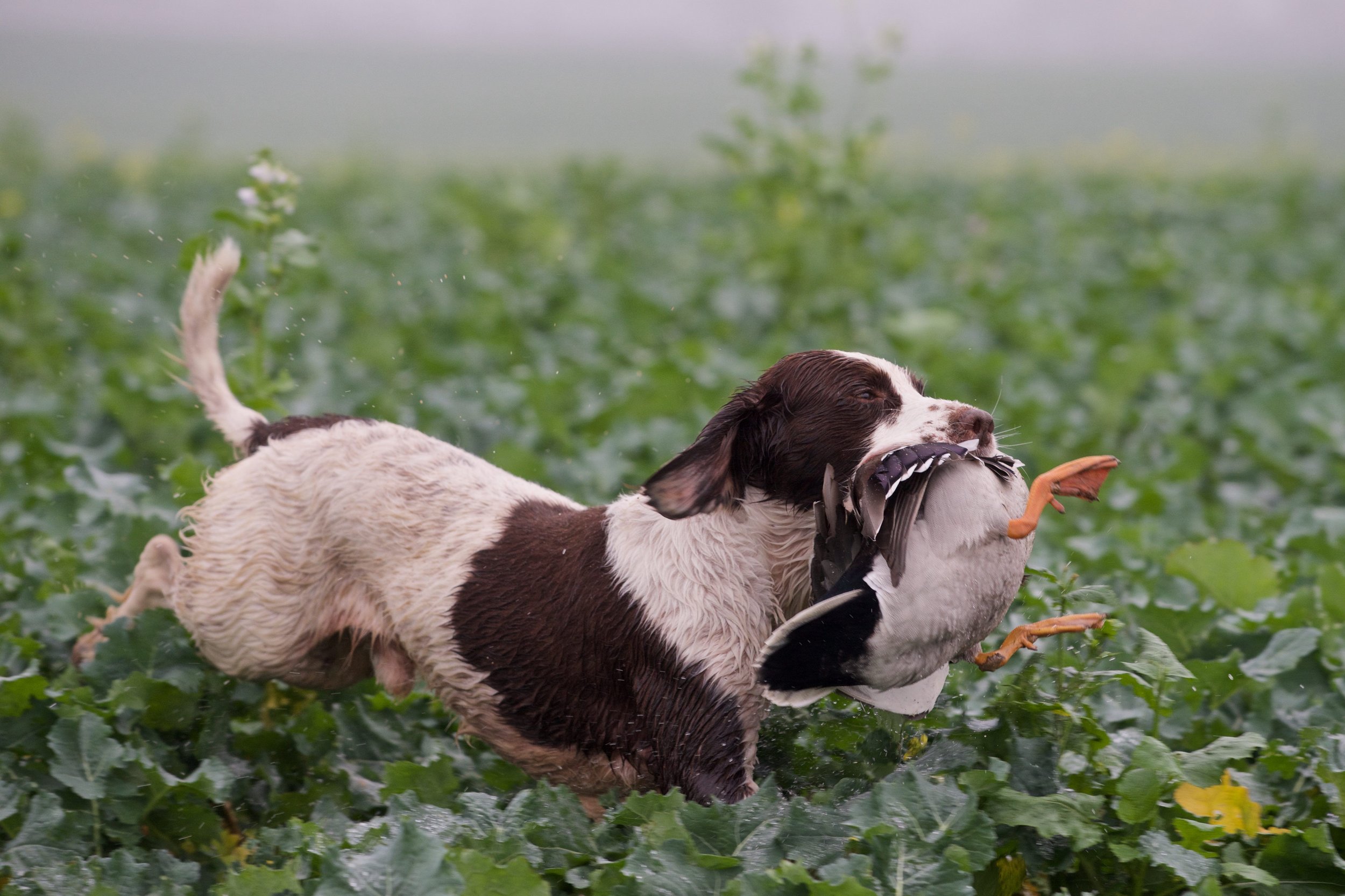How to Spot Early Signs of Joint Issues in Active Dogs
Monitoring your active dog's joint health is crucial for any responsible dog owner. Dog joint issues are a common concern, particularly for highly active dogs. By identifying early signs of joint problems, you can take steps to prevent further damage and ensure your dog's well-being.
Causes of Joint Issues in Dogs
Joint problems can frequently occur in active dogs, so it’s important to recognize the early signs. Understanding the causes can help you take proactive measures to prevent or manage joint issues. Here are some common factors that contribute to joint problems in dogs:
Overexertion and high-impact activities: Dogs involved in strenuous exercise or high-impact activities like jumping or running on hard surfaces are more prone to joint issues. These activities can strain their joints, leading to wear and tear over time.
Age and genetic factors: Just like humans, dogs' joints deteriorate with age. Additionally, certain breeds are genetically predisposed to joint problems. Knowing your dog's breed and age can help you gauge their risk of developing joint issues.
Obesity and poor diet: Excess weight puts significant stress on a dog's joints, leading to increased wear and tear. Overweight or obese dogs are more susceptible to joint problems. A poor diet lacking essential nutrients can also weaken joints and contribute to issues.
By recognizing these causes, you can take preventive measures to maintain your dog's joint health. Regular exercise tailored to your dog’s age and breed can help strengthen their joints. Maintaining a healthy weight through a balanced diet and portion control is essential. Consider joint supplements or foods formulated to support joint health to provide extra support for your active dog.
Common Symptoms of Joint Issues in Active Dogs
Active dogs are at risk of developing joint issues, making it essential for owners to spot the early signs. Recognizing these symptoms early can help you get your dog the care they need and prevent further damage.
Limping or favoring a leg: A common sign of joint problems is when your dog starts limping or consistently favors one leg. This could indicate joint pain or injury. Monitor their behavior and consult your veterinarian if the limp persists.
Stiffness or difficulty getting up: If your dog struggles to rise from a resting position, takes longer than usual, or shows signs of discomfort, it may be related to joint issues. Pay attention to any changes in their mobility and discuss them with your vet.
Reluctance to engage in physical activities: If your active dog suddenly becomes less enthusiastic about exercise, avoids jumping or running, or seems less energetic overall, it could be due to joint discomfort. Monitor their behavior and consult a veterinarian for a proper diagnosis and treatment plan.
Preventive Measures to Maintain Joint Health
To ensure the long-term joint health of your active dog, it’s important to take preventive measures. Incorporate these strategies into your dog's routine to help spot early signs of joint issues and take appropriate action:
1. Provide a balanced diet rich in joint-supporting nutrients: A nutritious diet is vital for maintaining joint health. Look for dog food containing essential nutrients like omega-3 fatty acids to help promote joint flexibility and reduce inflammation.
2. Regular exercise and controlled activity levels: Exercise is essential for keeping your dog fit and maintaining healthy joints. Engage your active dog in activities that promote muscle strength and flexibility, such as walking, swimming, or playing fetch. However, be mindful of their activity levels and avoid excessive strain on their joints. Overexertion can lead to joint damage and increased injury risk.
3. Maintain a healthy weight to reduce joint stress: Excess weight places unnecessary strain on your dog's joints, increasing the likelihood of joint issues. Maintain a healthy weight for your dog through a balanced diet and regular exercise. Consult with your veterinarian to determine the ideal weight for your dog's breed and size.
By following these preventive measures, you can actively contribute to your dog's joint health and identify any early signs of joint issues. Remember, early detection and intervention are key to ensuring your active dog maintains a happy and mobile lifestyle.
When to Seek Veterinary Care
If you notice your active dog displaying any of the following signs, it’s important to seek veterinary care as soon as possible:
· Persistent or worsening symptoms: Keep an eye out for persistent or worsening symptoms related to joint issues in your dog. These symptoms may include limping, difficulty getting up or lying down, stiffness, or reluctance to jump or play.
· Changes in behavior or appetite: Dogs with joint issues may exhibit changes in behavior or appetite. They may become less active, withdraw from activities they once enjoyed, or show signs of pain or discomfort during mealtime.
· Sudden onset of joint pain or swelling: If your dog experiences sudden onset of joint pain or swelling, it’s crucial to seek immediate veterinary care. This could be a sign of a more serious condition, such as an injury or infection.
Early detection and intervention are key to effectively managing joint issues in active dogs. Your veterinarian can provide a proper diagnosis and develop a tailored treatment plan to improve your dog's comfort and quality of life. At Sportsman's Pride, we understand the importance of keeping your furry friend healthy and happy. That’s why we offer a range of high-quality, joint-supporting dog food and treat options. Our products are specially formulated with essential nutrients and ingredients to promote joint health and mobility.






















